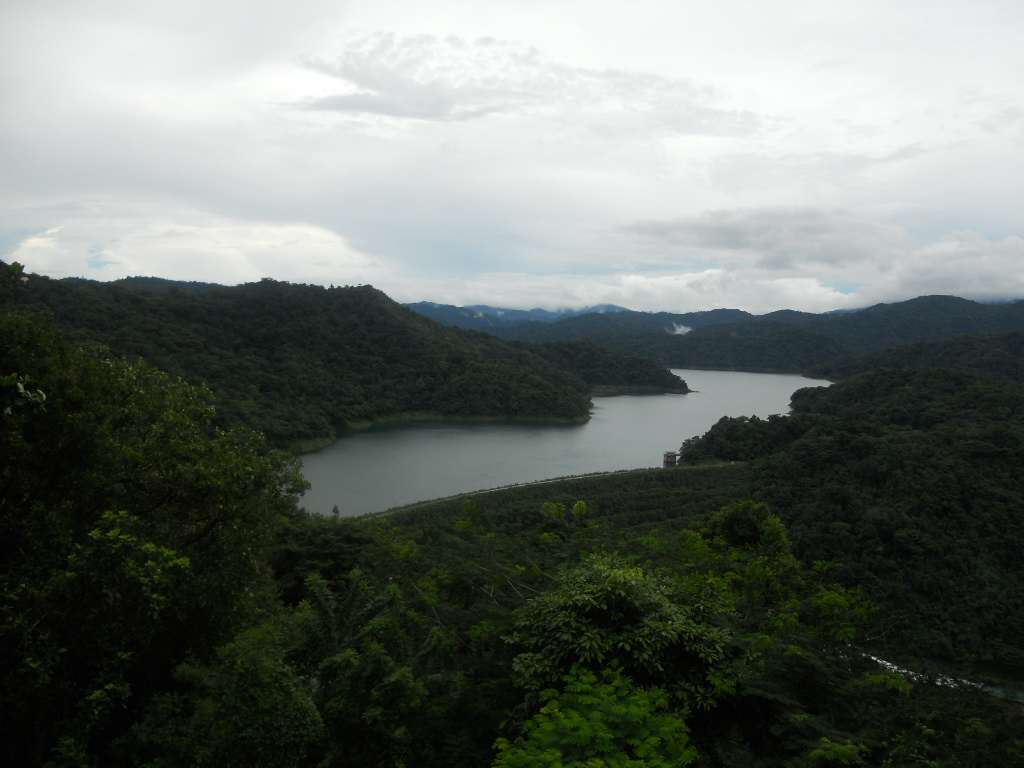
MANILA – Environment and Natural Resources chief Ramon Paje sees urgency in further conserving Angat Dam’s water, despite abundance of this facility’s reserve at present, to help ensure water availability there amid drought-driving El Niño phenomenon’s expected brunt in early 2016.
“Conservation should start this January even if Angat’s water level is high,” he said.
He noted National Water Resources Board (NWRB) will soon review Angat’s water situation and the latest El Nino forecast so government can allocate water from the dam accordingly for forthcoming months.
NWRB is attached to the environment department and is government’s lead agency in the Philippine water sector.
Rain-fed Angat supplies water for irrigation, power generation and Metro Manila’s needs.
Last year, NWRB reduced allocation of Angat water for Metro Manila and suspended normal supply of irrigation water from the dam as the prevailing strong El Nino negatively affected water availability there.
State weather and climate authority Philippine Atmospheric, Geophysical and Astronomical Services Administration (PAGASA) also warned about such El Nino’s possible intensification to a new record level, further prompting government to implement both measures.
In late 2015, however, Angat Dam’s water situation improved as rainfall from several tropical cyclones then increased reserve in this facility.
PAGASA reported Angat’s water level at 213.50 meters as of 6 a.m. Saturday (Jan. 9).
Such level is higher than Angat’s flood season high water level of 212 meters, the year-end water elevation PAGASA cited as ideal for this dam to meet its triple purposes during an incoming year’s first half.
“Angat’s water level at present is high enough for those purposes,” said PAGASA hydrologist Ronalyn Macalalad.
She’s advocating water conservation as PAGASA expects El Nino to prevail until mid-2016.
Paje agrees, noting there might still be no rain by then due to El Nino even if the rainy season generally commences around mid-year.
“We must conserve water,” he said.
PAGASA’s forecast released this week indicates Angat Dam will likely face water woes during 2016’s first semester even if this agency expects then two to six tropical cyclones in the Philippine Area of Responsibility.
The forecast shows possible way below-normal rainfall in Angat watershed this February and March, easing to below-normal rainfall in April before improving to near-normal rainfall in May and June.
Angat Dam’s water level will likely dip to some 208 meters by February’s first week, the forecast also shows.
PAGASA earlier warned the country will experience, during 2016’s first semester, the brunt of El Nino’s peak intensity.
Expected then are drought and dry spell conditions frombelow-normal rainfall and warmer-than-normal air temperature, said PAGASA.
According to PAGASA’s senior weather specialist Analisa Solis, El Nino’s intensity already peaked during the October-November-December 2015 period.
She noted impact of such development will be most pronounced from February to April 2016.
“There’s lag time before we experience El Nino’s impact,” she added.